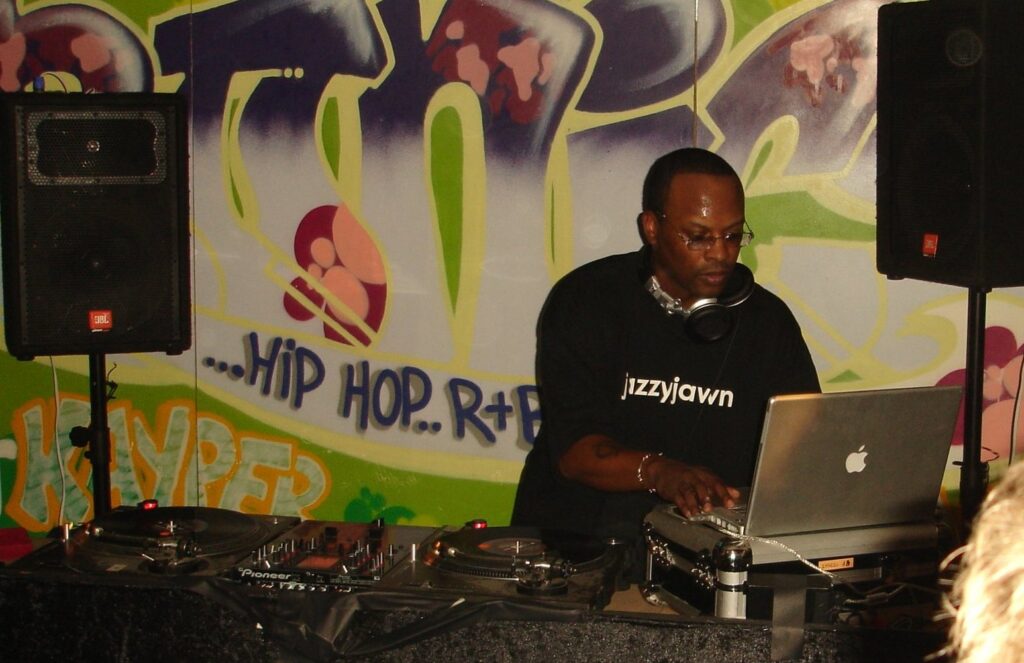by Michael Geselowitz
Published: November 9, 2023
You may be hearing a lot of buzz about this being the 50th anniversary of Hip Hop. Popular music is a great way to engage kids and meet them where they are. At the same time, music is an ideal arena to explore the relationship of technology to the other aspects of society.
Except for a cappella singing, all music is mediated by technology, and has been since earliest times (archaeologists have found a 50,000 year old flute made and used by our Neanderthal cousins!). Yes, even simple musical instruments fit the definition of technology. But as electrical and electronic technologies spread in the 20th century, they had an increasing impact on music. Hip Hop was only made possible because DJs could sample beats by having multiple turntables and a commercially available DJ mixer.

The IEEE REACH Electronic Music Inquiry Unit covers the interaction of electrical technology and music from the first true electrical instrument, the Telharmonium invented to 1901, to the electronic synthesizers of today. It explores how expanding technology has democratized music, enabling local African American artists to have global influence, and asks students to think critically about where both music and society might go in the future.
The primary sources for this unit include many audio clips in addition to the usual images and documents. A simple and inexpensive hands-on activity helps tactile learners appreciate why music and technology are inextricably linked. And you might even get them out of their seats and moving, as well!
Explore the REACH Electronic Music Unit
About IEEE REACH Lesson Plans:
REACH provides full lesson plans that are researched and vetted by Ph.D. Historians. All the program resources meet both the United States and International education standards, including the National Council for the Social Studies (NCSS) C3 (College, Career, and Civics) standards and the Social Studies Common Core standards, in addition to the Next Generation Science Standards. They also meet the International Technology and Engineering Educators Associations’ (ITEEA) Standards for Technology and Engineering Literacy or STEL.
